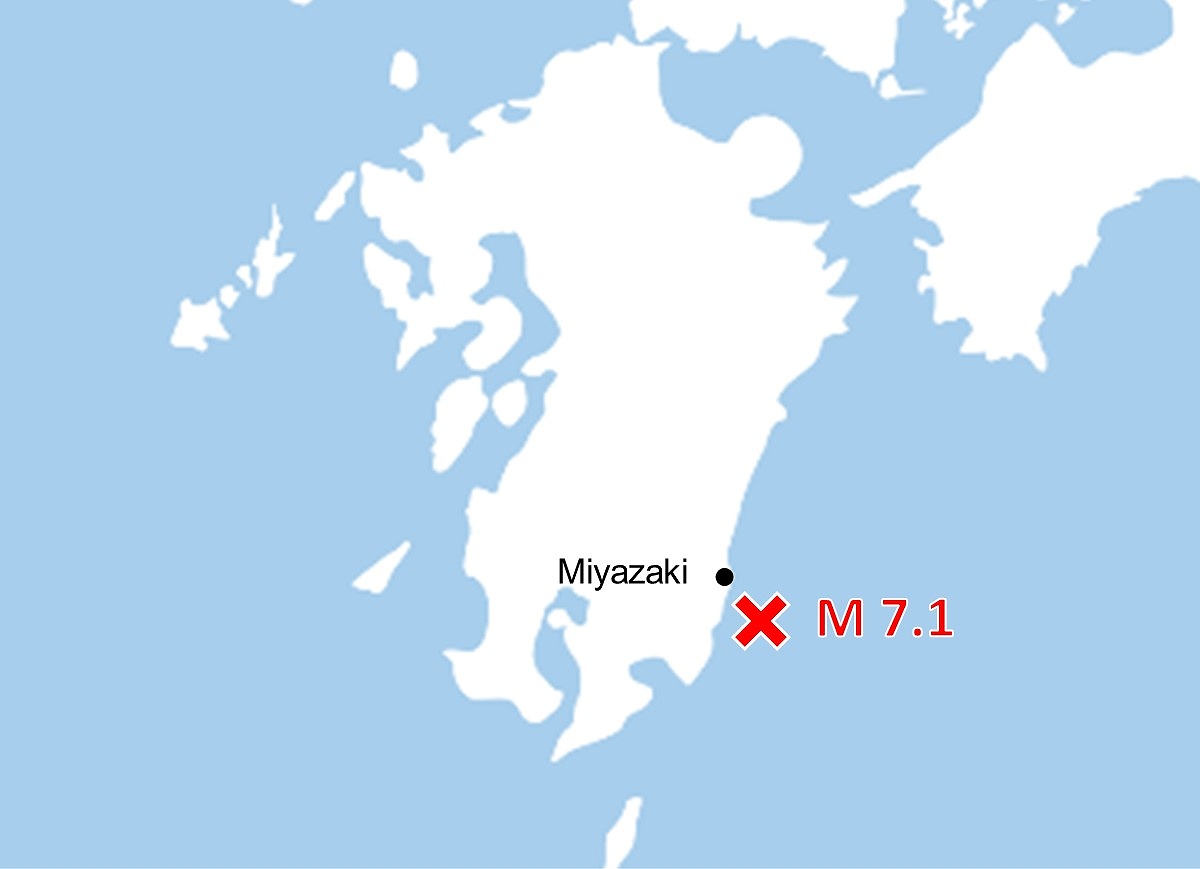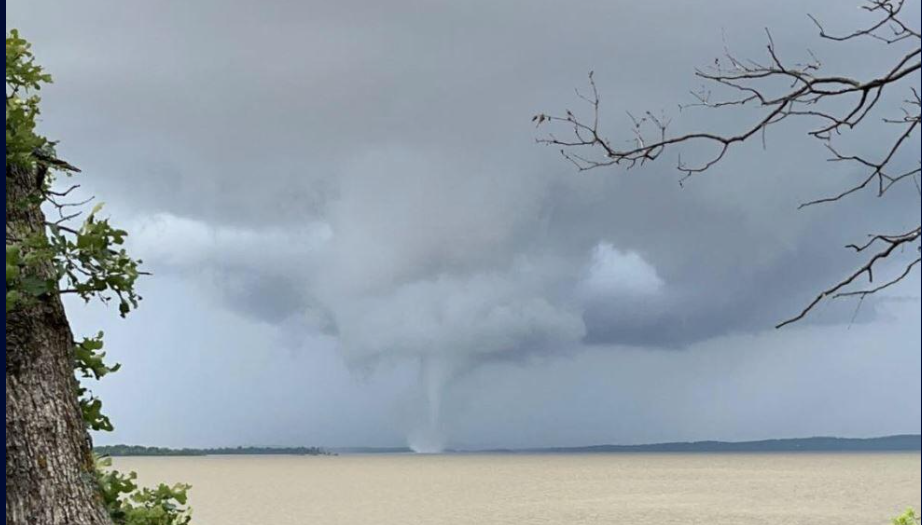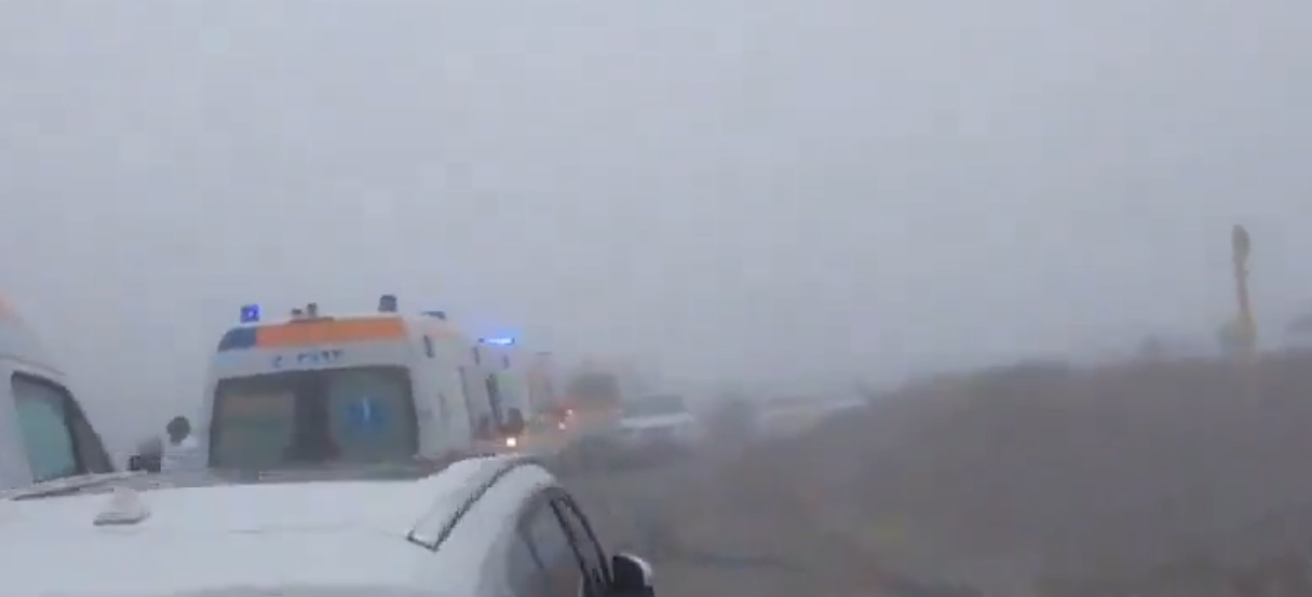On August 8, 2024, a powerful earthquake with a magnitude of 7.1 struck western Japan. The quake occurred at approximately 4:30 PM local time, with its epicenter located in the Sea of Japan, off the coast of the Tottori Prefecture. Despite the strength of the tremor, there have been no immediate reports of significant damage or casualties.
Details of the Earthquake
The Japan Meteorological Agency (JMA) reported that the earthquake had a depth of about 35 kilometers. The seismic activity was felt across a wide area, including the cities of Tottori, Okayama, and Hiroshima. Residents in these areas experienced strong shaking, causing alarm but no immediate panic.
Immediate Response
Local authorities quickly mobilized emergency response teams to assess the situation and provide assistance where needed. The JMA issued a tsunami advisory shortly after the quake, but it was lifted within an hour as no significant sea level changes were observed.
Infrastructure and Transportation
Initial inspections of critical infrastructure, including bridges, roads, and railways, revealed no major damage. The West Japan Railway Company temporarily halted train services on several lines as a precautionary measure, but services were gradually restored after thorough safety checks.
Airports in the region, including Tottori Airport and Okayama Airport, reported minor delays as runways were inspected for potential damage. Flight operations resumed shortly thereafter, with minimal disruption to schedules.
Public Reaction and Preparedness
Residents in the affected areas reported feeling the earthquake strongly, with many taking immediate safety measures such as evacuating buildings and moving to higher ground. Schools and businesses conducted emergency drills, highlighting the region’s preparedness for such natural disasters.
One resident from Tottori City, Hiroshi Nakamura, described the experience: “The shaking was intense and lasted for what felt like a long time. We quickly moved to a safer area, but thankfully, it seems there is no major damage in our neighborhood.”
Expert Analysis
Seismologists have been monitoring the region closely, and while aftershocks are expected, the initial tremor is considered the main event. Dr. Yuko Tanaka, a seismologist at Kyoto University, commented on the quake: “Given the magnitude and depth of this earthquake, it is fortunate that there have been no reports of significant damage or injury. This serves as a reminder of the importance of earthquake preparedness and building resilience in vulnerable regions.”
Government Response
The Japanese government has reiterated its commitment to disaster readiness and response. Prime Minister Fumio Kishida addressed the nation, assuring citizens that all necessary measures are being taken to ensure safety and support for the affected areas. “We are closely monitoring the situation and are ready to provide assistance to local authorities and residents as needed. Our priority is the safety and well-being of all citizens.”
Conclusion
While the 7.1 magnitude earthquake that struck western Japan caused widespread alarm, the lack of immediate significant damage is a testament to the country’s stringent building codes and disaster preparedness measures. Authorities continue to monitor the situation and are prepared to respond to any further developments. Residents are advised to stay informed and follow any instructions from local authorities.



